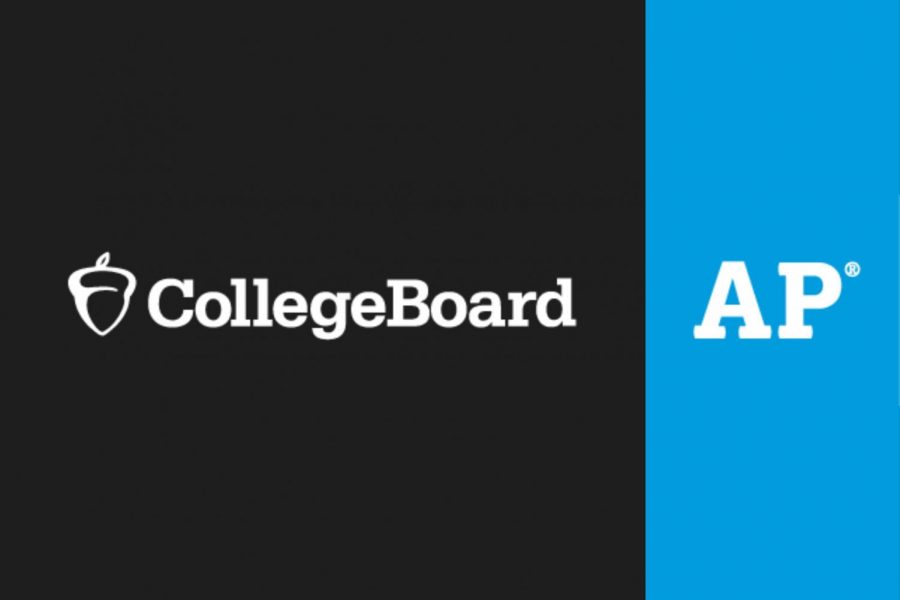SAT and PSAT to go fully digital
The College Board announced that the SAT and PSAT will be going fully digital in 2024
The College Board announced that the SAT is going fully digital, meaning that SAT and PSAT tests will permanently move away from the traditional paper and pencil format. By fall 2023, every PSAT test will be digitally administered, SAT testing will follow in spring 2024, and students will see slightly modified questions and shorter testing times. However, students are still required to take the test at an official testing center, and there are no plans to implement a take-home version.
One of the most significant changes to the test is its new adaptive format. The SAT still has separate math and reading sections worth 800 points each, but each test section is now divided into two modules. The digital design allows the test to adjust the questions in the second module depending on the student’s performance in the first.
The College Board made this decision because adaptive tests allow for increased security as students are given different questions, making cheating much more difficult. This also reduces the test time, as each question can measure the mastery of specific skills more accurately.
This development has been planned for a while, with a pilot program for the digital format being run in November 2021, which had largely positive results. 100 percent of test proctors and 80 percent of students preferred the digital test, explaining that the process was much simpler to complete.
The SAT format has been heavily criticized for being an inaccurate representation of students’ abilities. Opponents of the test also argue that the test allows affluent students to benefit from specialized tutoring that others may not be able to afford. However, the pandemic has also called into question the relevance of standardized testing, with more colleges than ever going test-optional.
Through the transition to the online format, the College Board uses this opportunity to implement other changes to address some of these concerns and to streamline the test-taking process.
The entire test is shortened from three hours to two hours, and students are given more time per question. Students in the pilot test report that the shorter and more direct passages made it easier to concentrate and decreased stress. The new arrangement also allows students to receive their test results within days as opposed to weeks.
Despite the differences, the test coordinators assure teachers and students that the test is just as effective at measuring students’ skills. The test will continue to be measured on a 1600 scale, and 1000 on the digital SAT should be the equivalent of 1000 on the traditional SAT.
One of the primary goals of the new format is to provide testing centers with more flexibility as to when they can offer the test. The College Board cites a research study that indicates low-income and rural students are more likely to go to college when schools can offer universal school-day testing. With the digital option, the organization hopes to make testing more accessible for students.
The setup process is also expedited as students no longer have to fill out long scantrons at the testing center. Instead, all questionnaires will be completed before the test, and the digital application will be downloaded in advance as well, on either personal or school-issued laptops or tablets. If a student does not have a device, the College Board is prepared to provide one on the test date.
The College Board will also assign tech coordinators at each testing location in the event of technical difficulties, and have designed the tests so that losing connectivity or power will not erase previous work.
Other changes to the test include:
- A built-in graphing calculator that is available for the entire math section.
- More concise math word problems.
- Shortened reading passages that address a broader range of topics.
- New online features such as a countdown timer, the ability to flag questions, a math reference sheet, and timed breaks between sections.
For more information, visit sat.org/digital.




